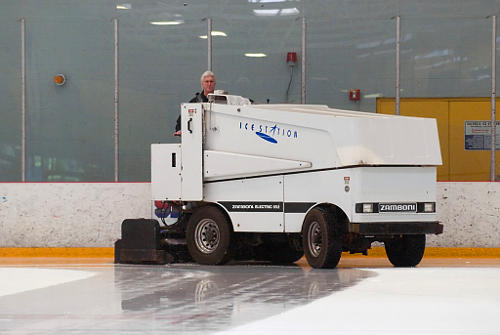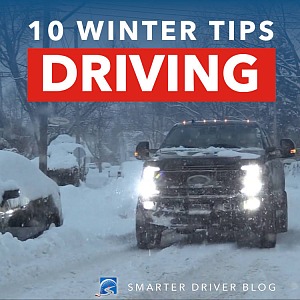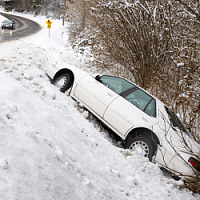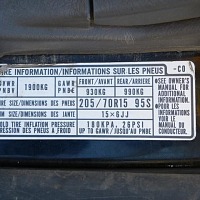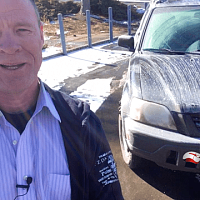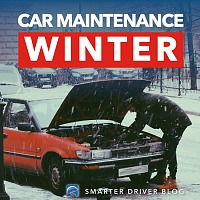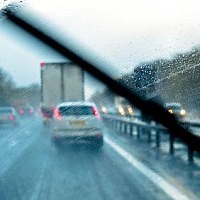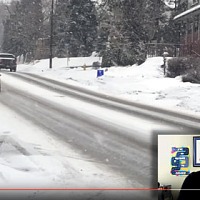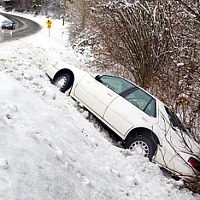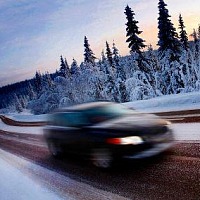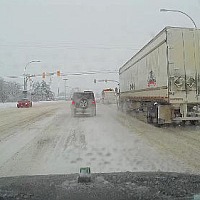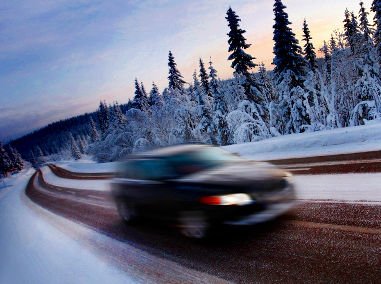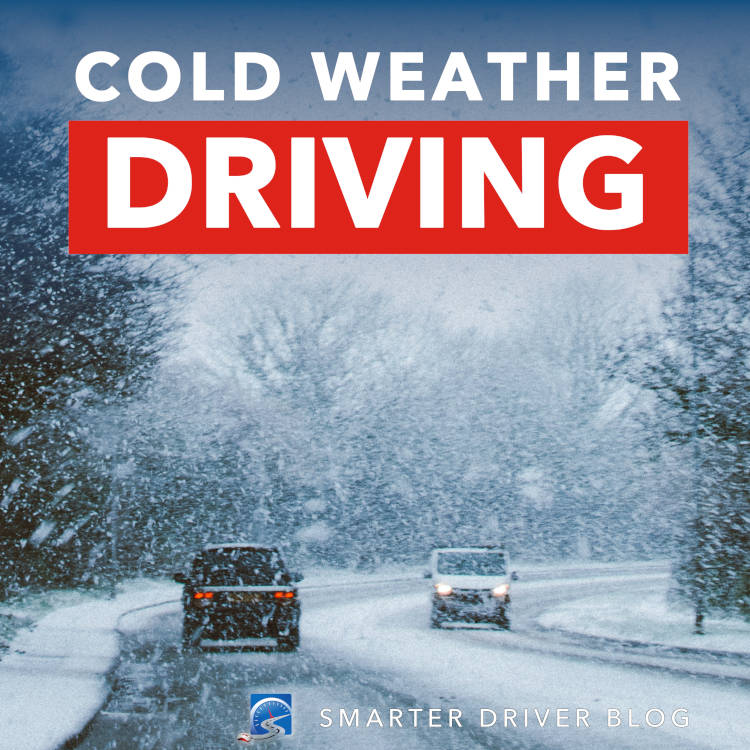 If there's frost on the houses, there's probably ice on the roads.
If there's frost on the houses, there's probably ice on the roads.
In many parts of the Northern Hemisphere, frost greets us as we make our short morning trek from house to car on our way to work.
We reach for our winter woollies and the all important toque, as we “hunker down” for the cold months ahead.
And for those that are experiencing frosty mornings, quality tires are in order.
These should be mounted on your vehicle when the outside temperature regularly dips below 45°F (7°C).
Although all-season tires will “do ya for a spell”, winter tires are specifically designed for colder weather.
The rubber compound in these tires stays pliable and soft at lower temperatures.
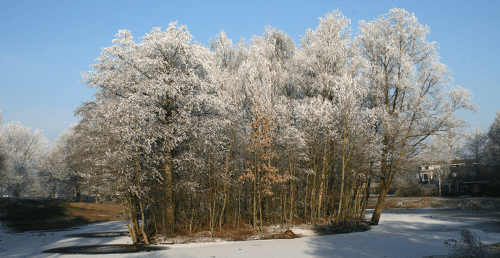 The softer rubber in addition to the aggressive tread allows these tires to provide traction on ice and snow.
The softer rubber in addition to the aggressive tread allows these tires to provide traction on ice and snow.
Know that roads are more slippery when the temperature hovers near the freezing mark.
Winter Conditions are More Slippery When Temperatures are Near Freezing
Colder temperatures, for the most part, provide better traction.
Hence, it is more treacherous to drive in Raleight, NC snow than it is in Deluth, MN during the winter.
Think of ice cubes when these first come out of the freezer.
The cubes are sticky, but after a short time these begin to melt and a layer of water forms on the surface.
With this layer of water, ice becomes very slippery indeed and the cubes will skate across the countertop if these get away from you.
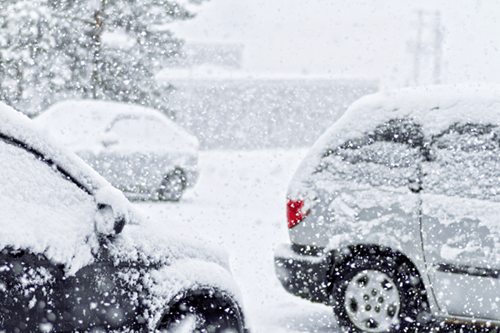 Those that take up hockey and skate in an arena know that the ice is most slippery just after its been flooded by the Zamboni.
Those that take up hockey and skate in an arena know that the ice is most slippery just after its been flooded by the Zamboni.
Like the flooded ice hockey rink and melting ice cubes, intersections too often have a layer of water on top of the ice.
Intersections are Going to be Slippery
Vehicles brake and skid when coming to a stop; and the vehicles spin their tires as they accelerate away from the intersection.
The traffic’s stopping and starting creates friction which melts the snow and ice, creating a layer of water on top.
And like the newly flooded arena ice, intersections are often the most slippery sections of the roadway.
Therefore, it is important that motorist do their braking early, then creep up to where they actually want to stop.
On those frosty mornings, as you make your way to the car, know that bridges, overpasses and areas that lie in shade freeze first.
Bridges, for example, are exposed to the cold night air from both above and below.
In the winter weather nomenclature, this ice is often referred to “black ice.”
When approaching these road structures, take your foot off the accelerator and concentrate on steering the vehicle.
As you come onto the bridge or overpass, accelerate gently.
These techniques will go a long way to keeping you safe.

Smart Winter Driving Points to Remember
-
Mount winter tires on your vehicle when you can see your breath outside on a regular basis.
-
Have you vehicle maintained by a qualified person.
-
Roads are slipperier when temperatures hover around the freezing mark.
-
Mount an inexpensive outside thermometer in your vehicle. Or just look at your phone...as most do.
-
Bridges, overpasses and areas that lie in shade freeze first.
-
Brake early and creep up to where you want to stop at intersections for example.
-
If you skid, don't give up.
-
If you skid, steer in the direction you want to go.
-
Keep your fuel level above ¼ tank to prevent gas lines from freezing.
-
If you are driving in mountain areas, you might consider purchasing tire chains.
-
Stock your car with an emergency winter kit if you're regularly driving outside of urban areas.
-
And...if weather conditions are beyond your driving abilities – please stay home.
Recovering from a Skid
If you do find yourself in a skid during the winter, don’t give up.
Many people lose control of their vehicle simply because they “give up.”
Concentrate on where you want the vehicle to go and steer in that direction.
 First and foremost, always wear your seatbelt: yes, it will help to protect you in the event of a crash, but more important, the seatbelt will keep you in your seat during emergency manoeuvres.
First and foremost, always wear your seatbelt: yes, it will help to protect you in the event of a crash, but more important, the seatbelt will keep you in your seat during emergency manoeuvres.
Simply put, if you’re not in the seat, you can’t drive the vehicle.
As well, post off the “dead pedal” to provide more control during evasive actions.
Staying safe during your winter commutes is simply a state of mind and a bit of preparation.
Put winter tires on your vehicle and get it checked by a qualified person.
If you regularly drive outside urban areas, equipped your vehicle with an emergency survival kit.
That way, if you do become stranded you will have supplies, shelter, a way to stay warm, and the ability to call for help.
And if the weather conditions have deteriorated beyond your driving abilities, please stay home.
After all, it’s warm and cozy, and you can make your hot chocolate just the way you like it.
While you’re sinking deeper into your favourite chair, you can smile and think of all the “poor saps” out there – battling the worst elements that ole' man winter can conjure up!

